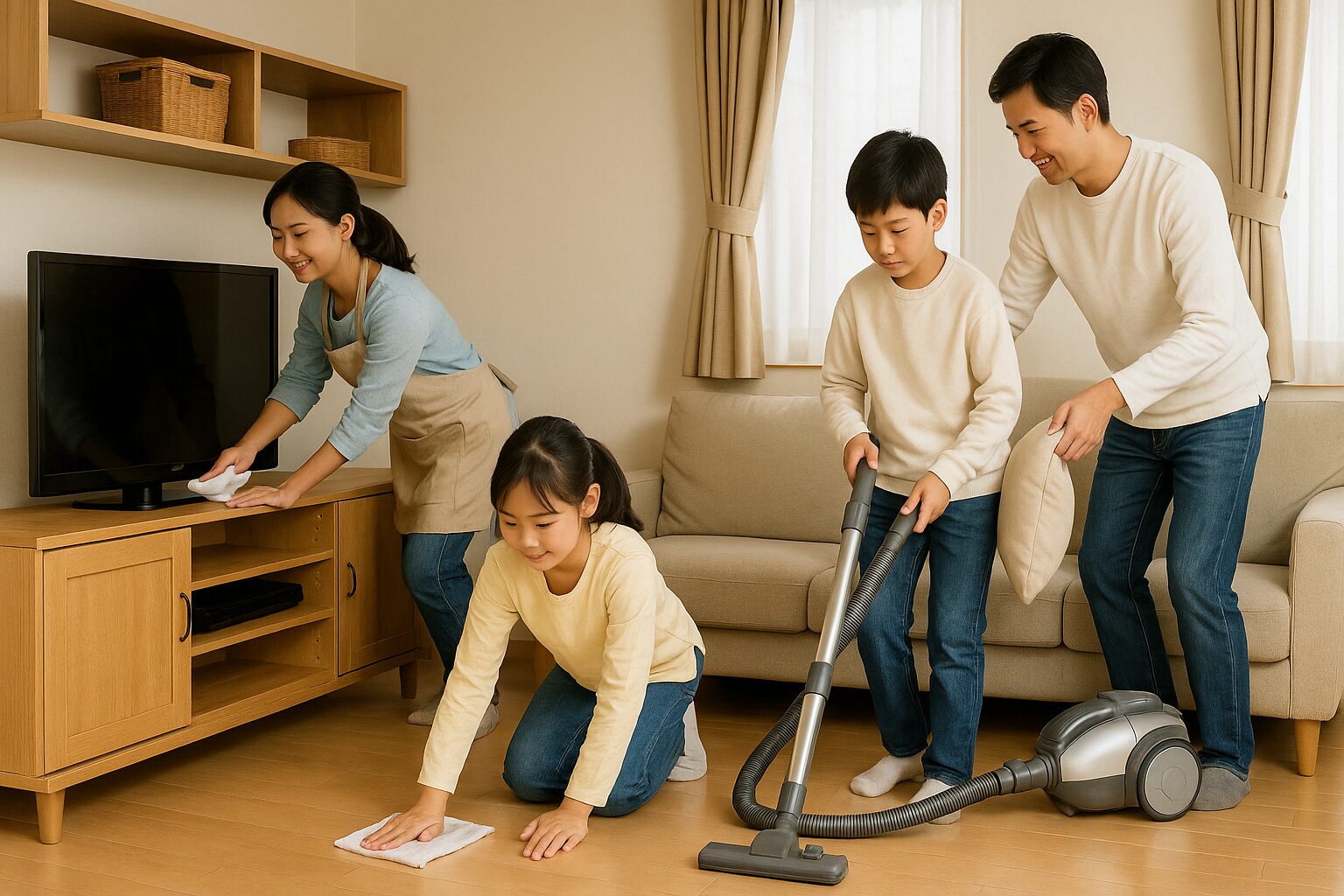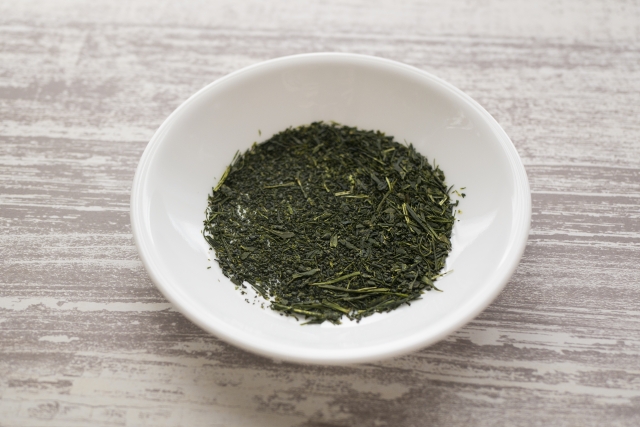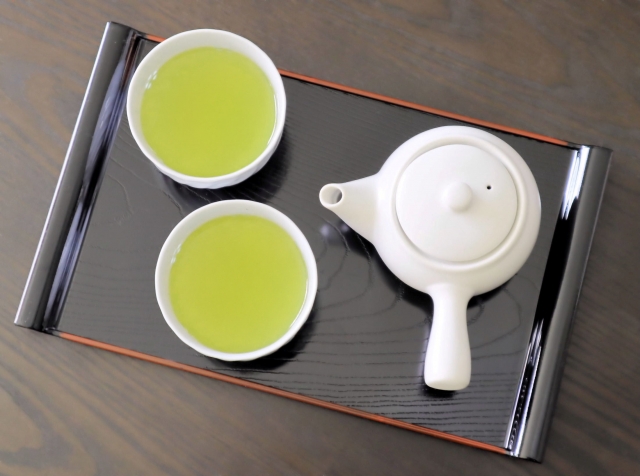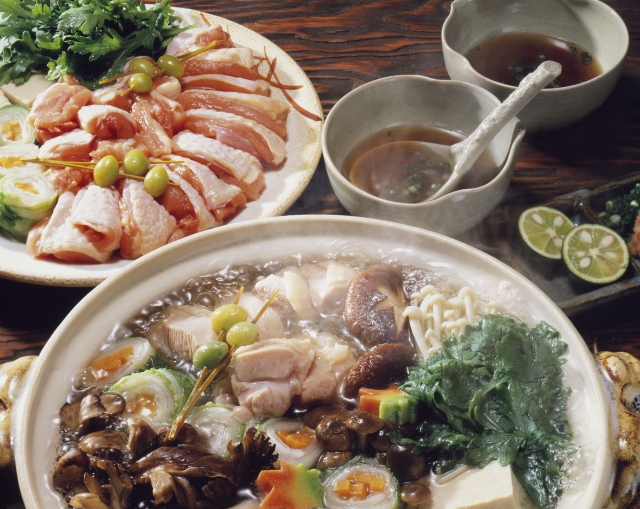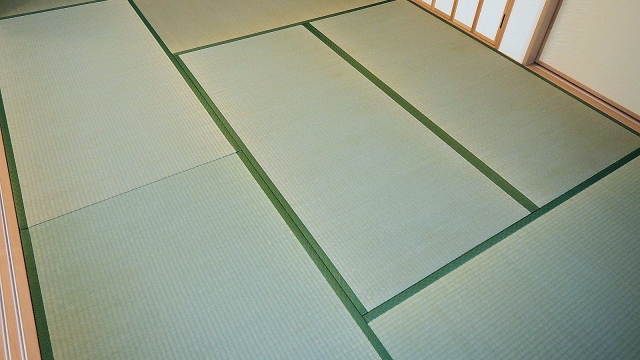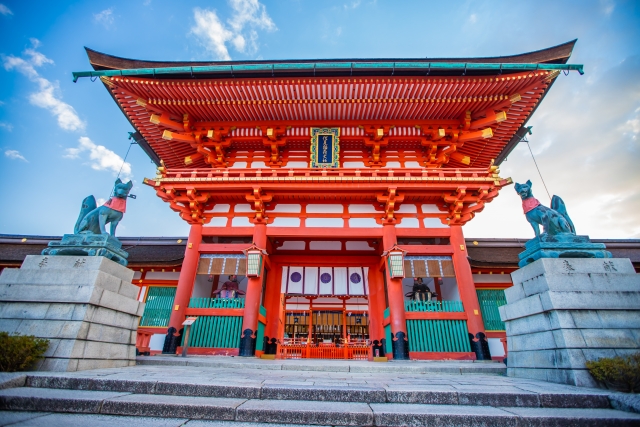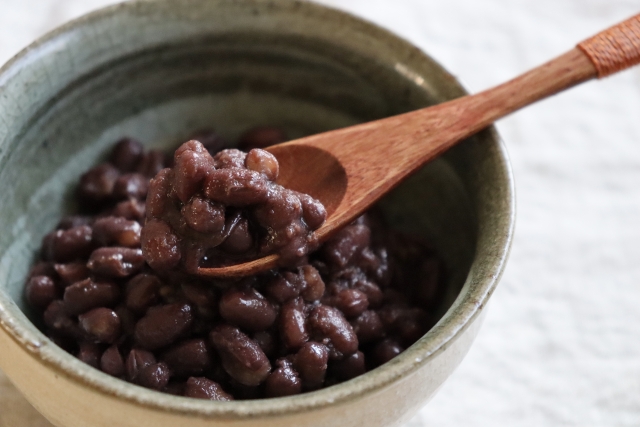- HOME >
- Why “YUNOMI”?
Why “YUNOMI”?
The name comes from the casual phrase “you know mean?” — something people say when sharing small stories. It sounds just like yunomi (a Japanese teacup), which also represents warmth and everyday life. That’s exactly what this blog is about: sharing small, warm moments of Japanese culture that make you say, “Ah, I get it now.”

